Table of Contents
– Introduction
– Bicycle Fork Market Overview
– Essential Considerations for Selecting the Optimal Bicycle Fork
– Conclusion
Introduction
Selecting the perfect bicycle fork is crucial for any cyclist, as it significantly impacts ride quality, handling, and overall performance. As a business buyer sourcing inventory for your company or shop, understanding the nuances of bicycle forks is essential to make informed decisions that cater to your customers’ diverse needs. This comprehensive guide will walk you through the key considerations and introduce the top bicycle fork picks for 2024.
Bicycle Fork Market Overview
The global bicycle fork market has witnessed steady growth in recent years, driven by the increasing popularity of cycling as a recreational activity and mode of transportation. In 2021, the market size was estimated at USD 1.2 billion, with a projected compound annual growth rate (CAGR) of 5.2% from 2022 to 2031. The market is segmented based on fork type, material, sales channel, and region.
North America and Europe collectively account for over 60% of the global market share, with the Asia-Pacific region exhibiting the highest growth potential. The rising demand for high-performance bicycles and the growing emphasis on lightweight materials contribute to the market’s expansion. As of 2024, air suspension forks and carbon fiber materials dominate the premium segment, while coil spring forks and aluminum alloys cater to the mid-range and entry-level segments.
Essential Considerations for Selecting the Optimal Bicycle Fork
Fork Material and Weight
The fork material plays a crucial role in determining the overall performance and ride characteristics of a bicycle. Carbon fiber forks are the preferred choice for discerning cyclists seeking the ultimate in lightweight construction and vibration damping properties. The superior strength-to-weight ratio of carbon fiber allows for the creation of highly responsive and agile forks that excel in competitive environments.
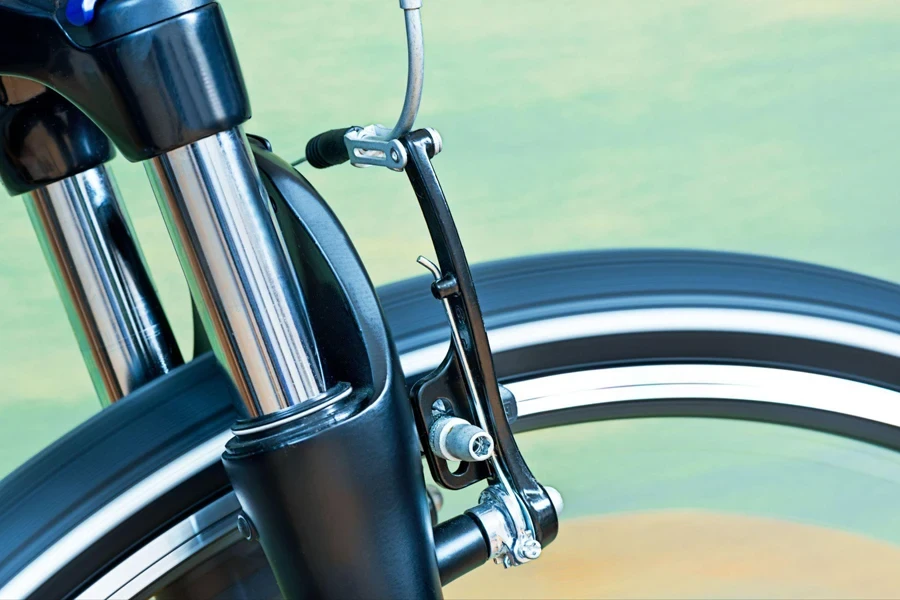
For budget-conscious builds, aluminum forks strike an optimal balance between weight reduction and cost-effectiveness, making them a popular choice for a wide range of bicycles. For applications demanding uncompromising durability and a smooth, forgiving ride, steel forks remain a timeless option, offering excellent compliance and longevity. By carefully selecting the appropriate fork material, manufacturers can fine-tune the ride quality, stiffness, and weight of their bicycles to cater to the specific needs and preferences of their target market segments.
Steerer Tube Diameter and Length
The steerer tube is a critical component that integrates the fork with the bicycle frame, utilizing the headset as the interface. In the realm of high-performance bicycles, tapered steerer tubes have emerged as the industry standard, offering unparalleled stiffness and precise steering response. These advanced steerer tubes feature a 1.5″ diameter at the fork crown, tapering to 1-1/8″ at the top. This innovative design allows for optimal power transfer and handling precision, instilling confidence in riders as they navigate challenging terrain.
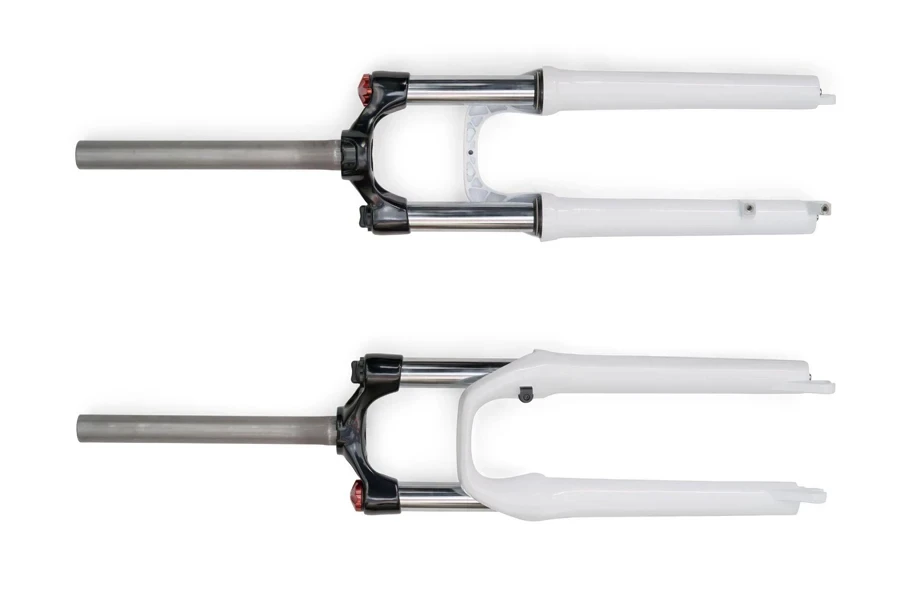
For budget-conscious builds and certain road applications, straight 1-1/8″ steerer tubes remain a viable option, providing a balance between cost-effectiveness and performance. However, it is crucial to note that the choice of steerer tube diameter directly impacts the overall ride quality and responsiveness of the bicycle.
When selecting a fork for your product line, it is imperative to consider the compatibility between the steerer tube diameter and length with the intended frame and headset. Mismatched components can lead to suboptimal performance, compromised safety, and potential warranty issues. By carefully aligning the fork specifications with the frame and headset requirements, you can ensure a seamless integration that maximizes the performance potential of the complete bicycle system.
Suspension Type and Travel
Suspension forks come in two primary categories: air and coil. Air forks utilize a sealed air chamber as the spring medium, offering a multitude of benefits for discerning riders. The lightweight construction of air forks allows for optimal weight savings without compromising performance, making them an ideal choice for cross-country and trail applications. Moreover, air forks provide unparalleled adjustability, enabling riders to meticulously fine-tune the spring rate and compression damping to suit their specific riding style and terrain preferences. This level of customization ensures that the fork performs at its peak potential, enhancing overall ride quality and control.
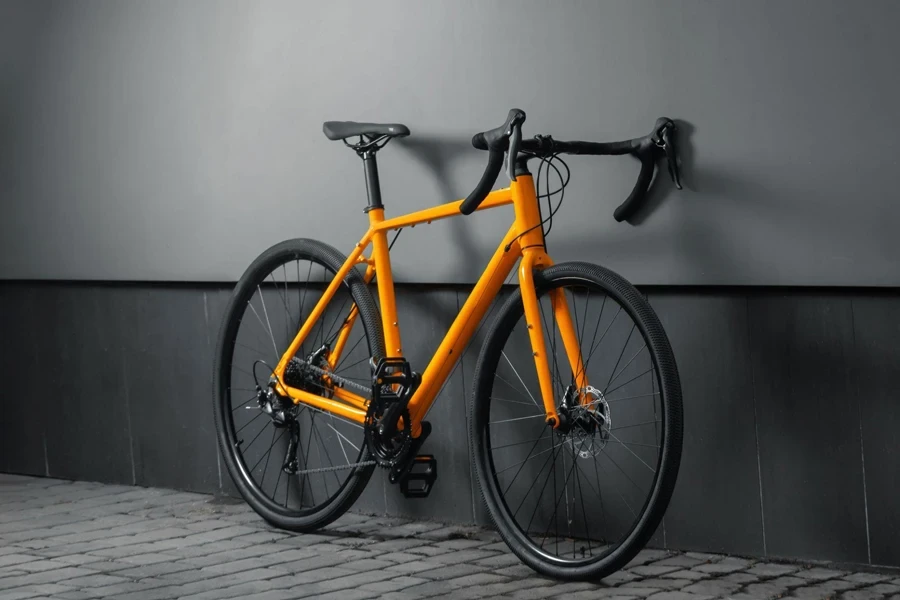
On the other hand, coil forks employ a traditional metal coil spring, which delivers unmatched small-bump sensitivity and a remarkably linear spring rate. The supple initial stroke of coil forks excels in absorbing high-frequency trail chatter, providing a plush and forgiving ride quality. The linear spring rate maintains consistent performance throughout the travel range, making coil forks particularly well-suited for aggressive riding styles and demanding terrain. The predictable and composed behavior of coil forks instills confidence in riders, allowing them to push their limits and tackle challenging obstacles with precision and control.

Fork travel, expressed in millimeters, is a critical factor that determines the amount of suspension available to absorb impacts and maintain traction. Cross-country forks typically offer between 80 and 120mm of travel, prioritizing efficiency and lightweight design for fast-paced, undulating terrain. Trail and enduro forks, designed for more aggressive riding and technical descents, boast an impressive travel range of 120mm to 180mm. The increased travel allows for superior absorption of substantial impacts and provides a more forgiving ride in rough, unpredictable conditions. However, it is essential to note that while longer travel enhances downhill performance, it may slightly compromise pedaling efficiency on climbs and flat sections. Striking the optimal balance between travel and efficiency is crucial for maximizing.
Wheel Size and Axle Compatibility
Selecting a fork that is precisely matched to your wheel size and axle standard is of paramount importance to ensure optimal performance, safety, and longevity. Our extensive range of forks caters to the three predominant wheel sizes in the industry – 26″, 27.5″ (650b), and 29″. Each fork is meticulously engineered to accommodate the specific wheel diameter, guaranteeing seamless integration and uncompromised handling characteristics.
Equally crucial is the compatibility between the fork and the axle standard employed by your front wheel. We offer forks designed for the traditional quick-release (QR) system, featuring 9mm dropouts, which provide a tried-and-true solution for reliable wheel retention. For those seeking enhanced stiffness and precise steering response, our 15x100mm thru-axle forks deliver exceptional performance, utilizing a larger diameter axle to minimize flex under demanding riding conditions.
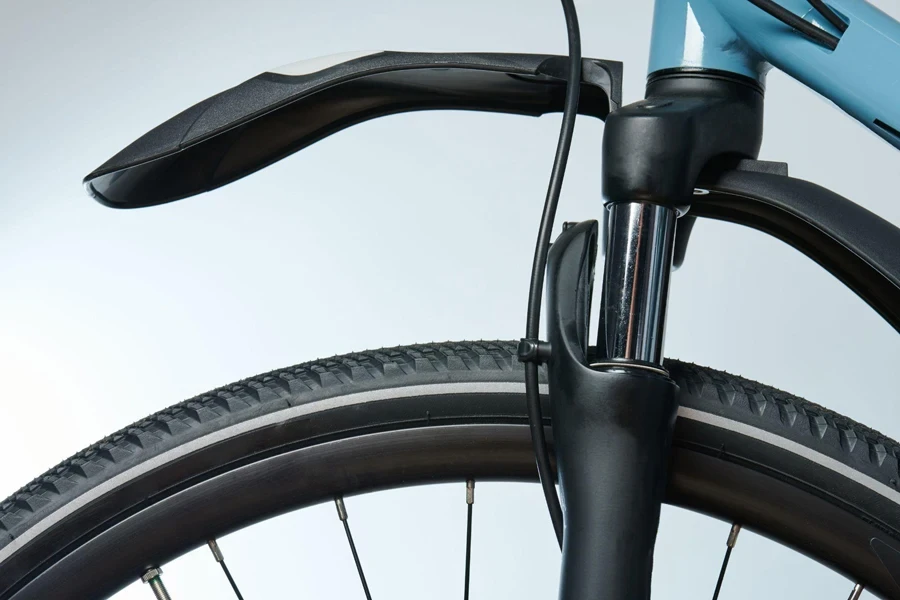
Recognizing the evolving needs of the market, we have also embraced the latest 15x110mm Boost standard, which offers increased wheel strength and allows for the use of wider tires without compromising frame geometry or clearance. By positioning the fork dropouts slightly wider apart, Boost technology enables the creation of stiffer, more durable wheel builds that excel in challenging terrain.
It is imperative to note that mismatched wheel sizes or axle standards can result in suboptimal performance, compromised handling, and potential safety hazards. Our team of experts is dedicated to assisting you in selecting the ideal fork that seamlessly integrates with your existing setup, ensuring a harmonious and reliable riding experience for your customers.
Brake Mount Standards
In the realm of modern bicycle disc brakes, two primary mount standards have emerged as the dominant choices for manufacturers: post mount and flat mount. Post mount, characterized by its simplicity and versatility, has become the preferred option for mountain bikes, where durability and adaptability are paramount. This standard features threaded holes on the fork blade or frame stay, allowing for direct caliper attachment or the use of adapters to accommodate various rotor sizes. The robust nature of the post mount ensures reliable braking performance in the most demanding off-road conditions.
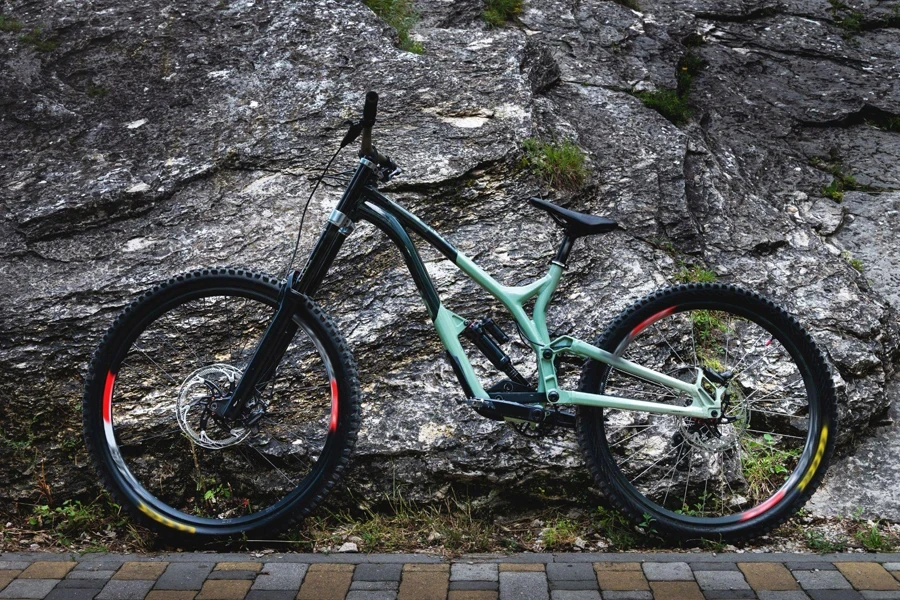
On the other hand, flat mount has gained significant traction in the road and gravel bike segments, where aerodynamics, weight savings, and sleek aesthetics are highly valued. This standard utilizes a clean, low-profile design that seamlessly integrates the brake caliper with the frame or fork. By minimizing protrusions and optimizing caliper positioning, flat mount enhances both the visual appeal and aerodynamic efficiency of the bicycle. However, it is crucial to note that flat mount calipers are not directly compatible with post mount forks and frames, necessitating careful consideration when selecting components.
To ensure optimal performance and compatibility, it is imperative to verify that the fork’s brake mount standard aligns perfectly with the chosen brake caliper. Mismatched components can lead to suboptimal braking power, reduced modulation, and potential safety hazards. By meticulously selecting a fork and brake caliper that adhere to the same mount standard, manufacturers can guarantee a seamless integration that maximizes braking efficiency and rider confidence.
Conclusion
Choosing the right bicycle fork is essential for optimizing your riding experience and ensuring customer satisfaction. By considering factors such as material, suspension type, travel, compatibility, and intended use, you can make informed decisions when sourcing inventory for your business. The top picks for 2024 showcase the latest advancements in fork technology, catering to a wide range of riding styles and preferences.
Don’t forget to click the “Subscribe” button to stay updated with more articles that align with your business needs and interests on the Alibaba Reads sports blog.



